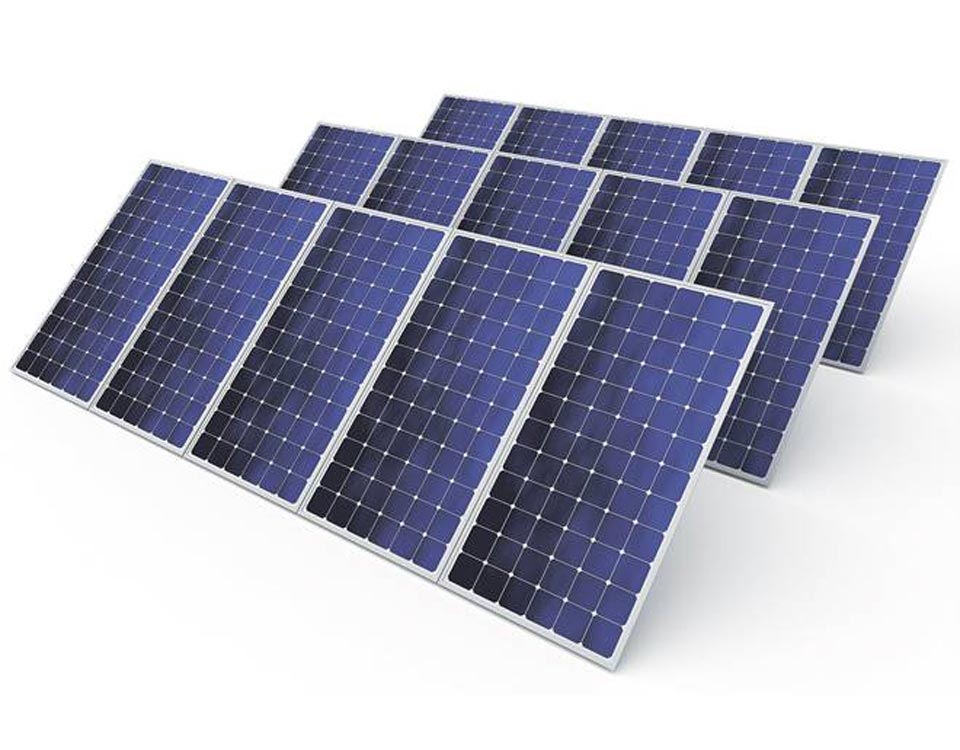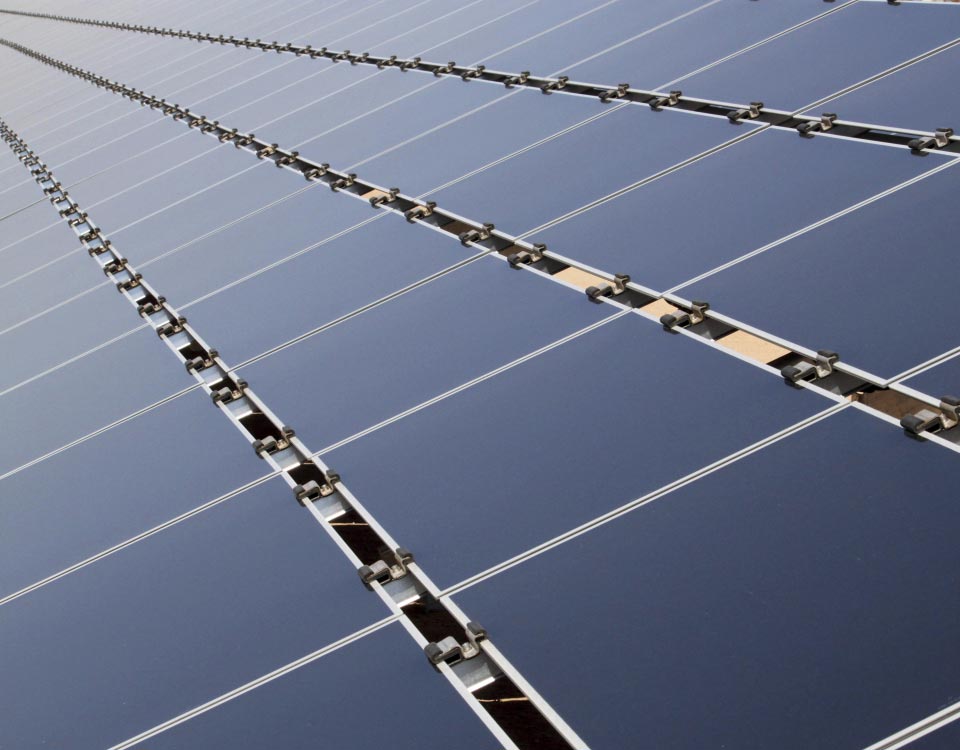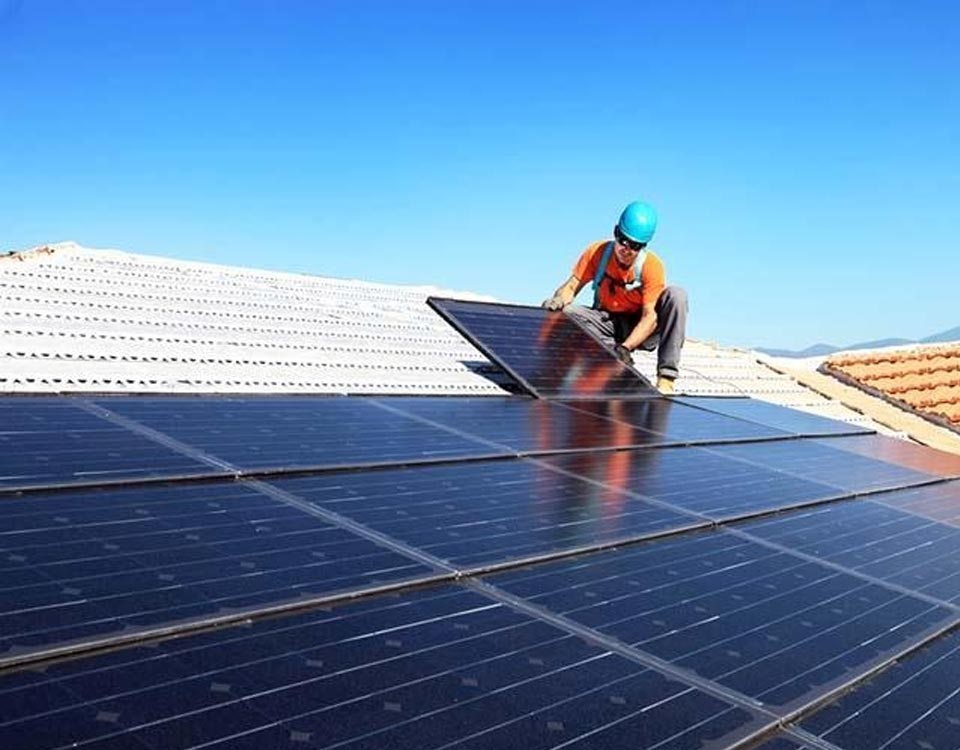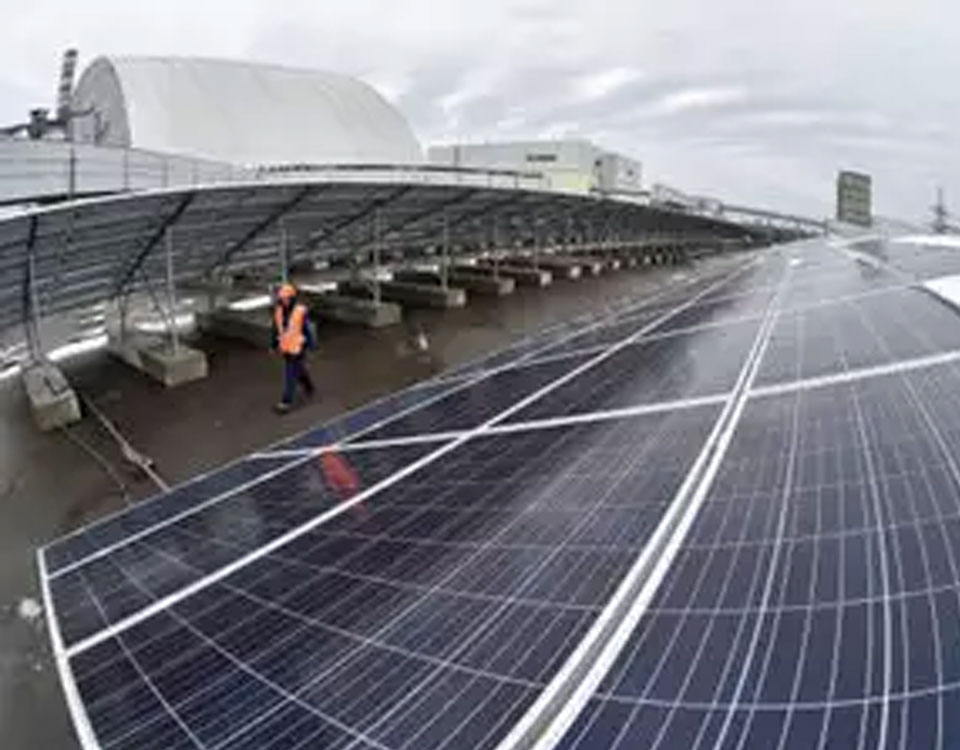- Welcome to Indian Solar Manufacturers Association (ISMA)
70 Pct Safeguard Duty On Solar Cell Imports Splits Industry
India’s production capacity for solar cells stands at 3.2 GW and that for modules at 8.5 GW. Given the targets set by the Centre, prioritising the ‘Make in India’ policy could thus hamper the green energy mission.
Opinion is divided on the recent proposal of Director General (DG) of Safeguards to impose a provisional 70% safeguard duty on solar cell imports for a period of 200 days. While the move has raised questions over the viability of upcoming solar projects, a section of the industry holds that it would boost domestic manufacturing and create a level-playing field before the awaited surge in renewable auctions – the Centre has already announced its intention to auction another 60 GW of solar projects by FY20. But first the essentials. Imported solar modules are 8-10% cheaper than those made in India, making them vital for cheap renewable power – solar modules comprise about 60% of total project costs. About 88% of module requirements are met through imports. In FY17, imports of 88% and 7% of solar cells — the basic component of modules — took place from China and Malaysia, respectively.
India’s production capacity for solar cells stands at 3.2 GW and that for modules at 8.5 GW. Given the targets set by the Centre, prioritising the ‘Make in India’ policy could thus hamper the green energy mission. The proposed duty came on the back of an application for probe filed by the Indian Solar Manufacturing Association (ISMA). Dhruv Sharma, governing council member, ISMA, says the probe found that “aggressive dumping of solar cells and modules from China, Taiwan and Malaysia is causing significant injury to domestic manufacturers,” and the duty “will trigger large investment in solar manufacturing in a short time”.
However, ratings agency Crisil has said that the provisional safeguard duty would put at risk about 3 GW of solar projects, worth over `12,000 crore, under implementation. A section of the industry believes the duty would cause significant financial distress to solar projects as hundreds of MW of inventory is in transit, for orders placed before the proposal was made public. It would also impact the 4,800 MW of tenders awaiting allocation. Nikunj Ghodawat, CFO, CleanMax Solar, says “the government should allow enough time for the industry to prepare itself for such a significant regulatory change.”
Research firm Bridge to India has estimated that a 70% safeguard duty would necessitate a hike of `0.90 per unit in solar tariff (35%) to restore pre-duty financial returns on projects. Since some tenders had been auctioned at ceiling tariffs as low as `2.93/unit, such recovery might not be possible, it has warned.Kameswara Rao, partner, PwC, points out that the manufacturing industry in countries that export solar equipment have benefited from supportive policy over years and what the domestic industry needs is a moderate longer-term measure. Calling the move a “heavy short-term measure,” he says that it “will fail to make a difference if utilities refrain from signing new PPAs due to higher costs, and interest generated in the sector dissipates.” Significantly, the issue has also made news in the United States, with US President Donald Trump imposing a 30% tariff on imported solar panels earlier this month. Raj Prabhu, CEO, Mercom Capital Group, holds that “the recently announced 70% preliminary safeguard duty recommendation, the ongoing anti-dumping case, and a 7.85% port duty on imported modules are creating an atmosphere of regulatory uncertainty that is taking a toll on the industry.”
The ball, then, is in the government’s court. While Power Minister RK Singh said recently that the proposed duty would not affect projects auctioned before its implementation, removal of uncertainty on the front is clearly in the sector’s interest.
Calculate your income tax post budget 2018 through this Income Tax Calculator, get latest news on Budget 2018 and Auto Expo 2018. Like us on Facebook and follow us on Twitter.




